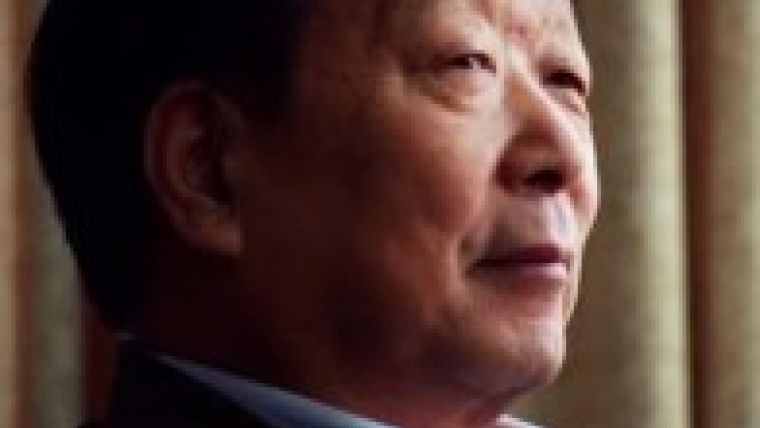Keynotes Opened with Insights
Yesterday morning, three great keynote speakers opened the day, each of them drawing attention to a variety of subjects. Dr Cyrill Stachniss talked about Flexible Navigation for Mobile Robots Operating in the Real World. She was followed by Tomas Pajdla on 3D Reconstruction from Photographs and Deren Li closed the session, highlighting the ever-important challenge of Big Data in Photogrammetry and Remote Sensing.
Cyrill Stachniss, from the University of Bonn, Germany, talked about the complexity results from the high-dimensional perceptions, the large number of possible actions and the uncertainty about the state of the world. Probabilistic approaches offer ways of addressing these problems since they allow for explicitly modelling noise, for making decisions under uncertainty, and thus for acting robustly. In this talk, she presented recent approaches for solving different problems in the context of robot navigation and pointed out the challenges to be addressed in order to build more flexible systems. This includes techniques for building maps of the environment and for relating built models with existing information sources. These are important capabilities for robots to be able to navigate robustly in dynamic environments and crowded city scenes.
3D Reconstruction from Photographs
Tomas Pajdla, from the Czech Technical University in Prague, reviewed and demonstrated the main principles of 3D reconstruction from photographs. Challenges and opportunities were discussed and applications in photogrammetry, autonomous robotics and consumer cameras were presented.
Big Data
Deren Li, Wuhan University, China, closed the session by talking about key questions related to big data in photogrammetry, remote sensing, and geospatial information: how big are big data, how to treat these big data, and how to discover the patterns, rules and knowledge that can be obtained from big geospatial data. Three application examples were used to illustrate the value of big data in photogrammetry and remote sensing. The first example was in huge block adjustment without GCP for all of China. Using ZY-3 three-line CCD Data(8810 frame,20TB) 3,000,000 robust tie points were automatically selected from two billion matched points for adjustment. The accuracy reached 3-5m, meeting global mapping needs at the 1: 50,000 scale, while accurate three metre results can be reached when combined with GRASS data in block adjustment. The second example was night light remote sensing data analysis for socio-economic applications. The visible and near-infrared brightness of the earth’s surface obtained by remote sensing satellites (such as DMSP, NPP) can be used to characterize the range of urban settlements, GDP, population distributions, and other socio-economic factors. Economic growth, urbanization, and humanitarian disasters are likely to be reflected in changes of brightness in remote sensing images over a period of time. A four-year image series shows that the Syrian civil war has led to a significant reduction (more than 80%) in the night light levels in Syria. On March 26, 2015, the United Nations Security Council released a briefing, citing this Syrian night time light research. A third example was automatic Video satellite data compression. This solution can send video satellite data direct to the end-user’s Smartphone.

Value staying current with geomatics?
Stay on the map with our expertly curated newsletters.
We provide educational insights, industry updates, and inspiring stories to help you learn, grow, and reach your full potential in your field. Don't miss out - subscribe today and ensure you're always informed, educated, and inspired.
Choose your newsletter(s)












